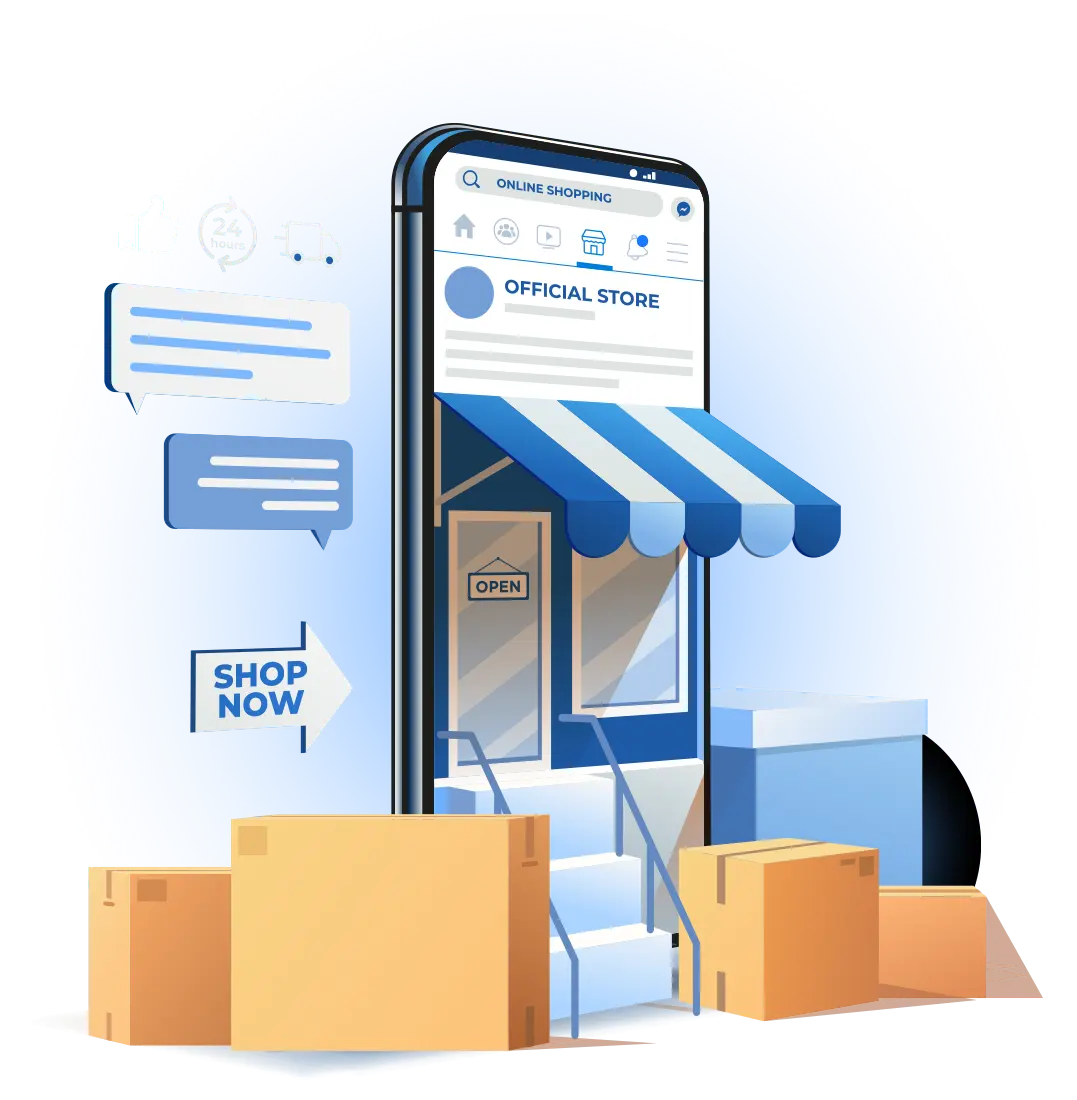
If you’ve been following our blog series, you’ve learned how B2B companies are taking proactive measures to remain competitive and relevant. These trends have become winning strategies even small to midmarket distributors can employ and yield positive results. Unilog, a leading provider of B2B eCommerce solutions, has a finger on the pulse of the market. As customer expectations evolve and technologies advance, we continue to build innovative solutions and services to support the market’s needs. For every emerging trend, we have a product or service to help achieve the desired result.
Our previous blog posts highlighted two trends helping wholesale distributors today:
Trend #1: Faster eCommerce implementations for quicker time to market
Trend #2: Greater customer centricity with a focus on Millennial buyers
As we cap off the final segment of our three-part series, let’s explore the third – and, perhaps, most important – trend in the industry.
Trend #3: Synchronized sales channels that support an omnichannel experience
Today’s buyers have made it clear they prefer using a mix of sales channels. In fact, research by McKinsey & Associates shows the average B2B professional uses 10 channels throughout the buying process, choosing digital self-service for some activities and video or in-person for others. This increase in multi-channel interaction with a company means a consistent, omnichannel experience is essential to buyers.
Omnichannel selling is a cohesive sales approach that eliminates the data silos that cause disparate or incorrect information by utilizing an integrated product information management (PIM) solution as the central hub for all product data. In a PIM, data is sourced, standardized, and exported to different channels and partners to ensure the most up-to-date product information is made available. In addition to managing and delivering clean, consistent data, a dedicated PIM also provides operational efficiencies that reduce costs, automate workflows, and grow sales.
Some companies cobble together separate PIM tools with their eCommerce platform to manage their data. But multiple systems can be costly to maintain, and can cause problems if they lack proper integration. The best course of action is to have a dedicated PIM built into the digital commerce solution. Unilog’s all-in-one eCommerce solution includes an inbuilt PIM, giving businesses the necessary tools needed to power their digital branch and deliver an omnichannel experience.
Tightly connected with our web platform, the Unilog PIM offers a sophisticated level of data management with comprehensive capabilities:
- Has the capacity to handle millions of SKUs to provide a virtual endless aisle of products
- Provides unlimited fields for product specs, attributes, digital assets, and other product information
- Enables sellers to control item relationships like accessories, alternatives, substitutes, and replacement parts
- Offers flexibility to build and manage multiple catalogs for specific needs and sales channels
With the help of a true PIM solution, an omnichannel distributor provides a seamless buying experience across multiple technologies and touchpoints – whether it’s on the company’s eCommerce site, via their mobile app, during a phone call or online chat with a sales rep, or in person at a brick-and-mortar location.
Over the last few years, mobile device use has soared among B2B buyers. A survey by Boston Consulting Group (BCG) found that 80% of B2B buyers are using mobile in the workplace, and more than 60% say mobile played a significant role in a recent purchase. A mobile app version of an eCommerce site adds another level of convenience for buyers and, according to BCG, can accelerate purchase times by 20%. With an increased demand for mobile buying, Unilog has developed a hybrid mobile app that delivers an optimized eCommerce experience using capabilities built into the buyer’s mobile device like their camera, barcode scanner, and microphone to search and order products. Our mobile app software is tied to the distributor’s eCommerce site so any updates made to the site are automatically integrated into the app. This added synchronization augments the seamless user experience customers expect.
Omnichannel selling is not just a trend; it’s the new standard for B2B organizations. Today’s buyers won’t tolerate a clunky, inconsistent experience with a distributor; they’ll simply go elsewhere. All three of the top trends featured in our blog series will soon become table stakes in the industry. The question is, is your business ready to evolve in order to keep up? We hope so. With so many tools and technologies available, the future of the wholesale distribution market looks bright. If you’re interested in moving the needle and strengthening your success, contact a Unilog expert to help get you started. We’ll show you just how feasible it is to unify your sales channels, implement a customer-centric digital branch, and achieve enterprise-wide efficiencies.
